Colleagues in Ontario’s occupational health and safety system
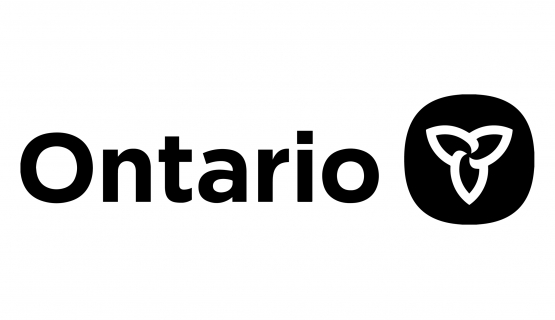
Ontario Ministry of Labour, Immigration, Training and Skills Development (MLITSD)
The MLITSD's occupational health and safety (OHS) mandate is to set, communicate and enforce OHS legislation, largely through the Occupational Health and Safety Act and its regulations. It also develops, coordinates and implements strategies to prevent workplace injuries and illnesses and can set standards for health and safety training.
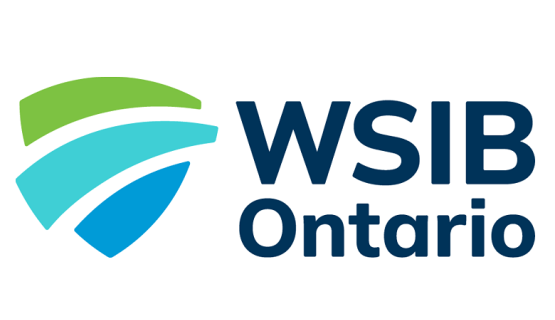
Workplace Safety & Insurance Board (WSIB)
WSIB is an independent trust agency that administers compensation and no-fault insurance for Ontario workplaces. It provides no-fault collective liability insurance and access to industry-specific health and safety information to employers, loss-of-earnings benefits and health-care coverage to injured workers, and help and support to both employers and workers when it’s time for an injured worker to go back to work.

Infrastructure Health & Safety Association (IHSA)
IHSA, one of four MLITSD-funded sector-based OHS associations in the province, delivers consulting services, training programs and information resources to the construction, electrical and utilities, and transportation sectors.
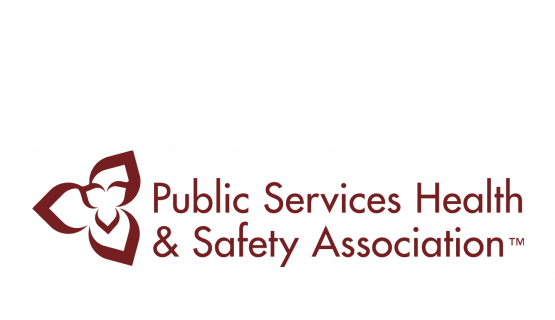
Public Services Health & Safety Association (PSHSA)
PSHSA, one of four MLITSD-funded sector-based OHS associations in the province, delivers consulting services, training programs and information resources to the health-care, education, municipal, First Nations and provincial government sectors.
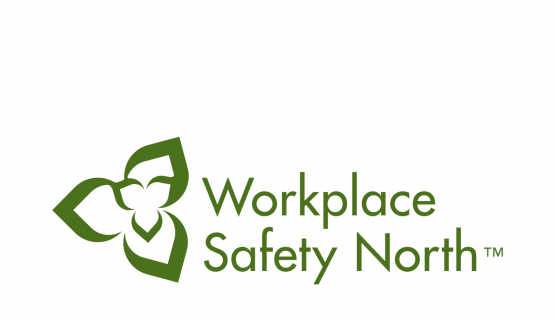
Workplace Safety North (WSN)
WSN, one of four MLITSD-funded sector-based OHS associations in the province, delivers consulting services, training programs and information resources to the forestry, mining, smelter, refining, paper, printing and converting sectors.
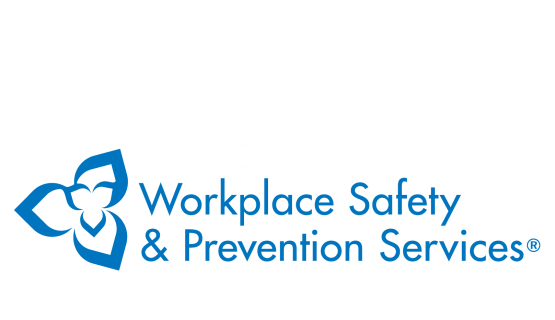
Workplace Safety & Prevention Services (WSPS)
WSPS, one of four MLITSD-funded sector-based OHS associations in the province, delivers consulting services, training programs and information resources to the agriculture, manufacturing and service sectors.
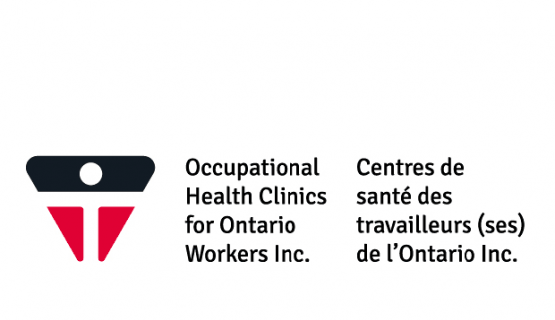
Occupational Health Clinics for Ontario Workers (OHCOW)
OHCOW aims to protect workers and their communities from occupational disease, injuries and illnesses by identifying workplace factors that are detrimental to the health and well-being of workers, by empowering workplace parties to make positive occupational health changes in their workplace, and by providing information, knowledge and organizational skills to the workplace parties to eliminate work practices that cause injury, illness and disability.
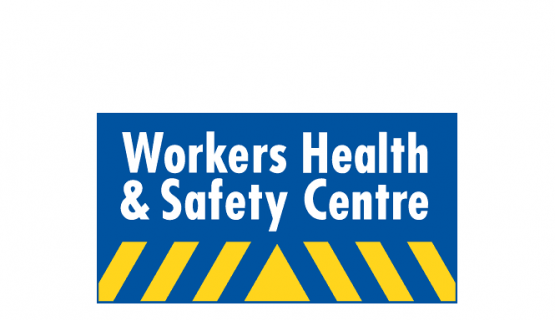
Workers Health & Safety Centre (WHSC)
As Ontario’s designated health and safety training centre, WHSC offers training for workers, their representatives and employers in every workplace in the province, regardless of sector, size, location or union status.
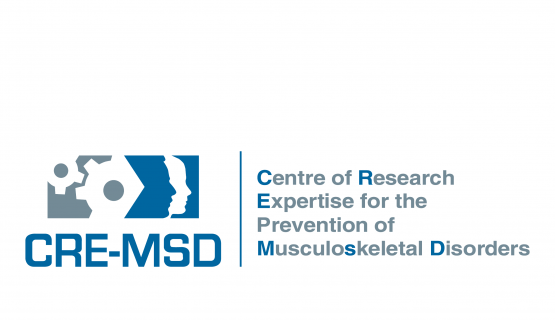
Centre of Research Expertise for the Prevention of Musculoskeletal Disorders (CRE-MSD)
CRE-MSD conducts research to improve the understanding and prevention of work-related musculoskeletal disorders (MSDs). MSDs are painful or disabling injuries to the muscles, tendons or nerves in the lower back, shoulders, neck, elbows, wrists or hands.
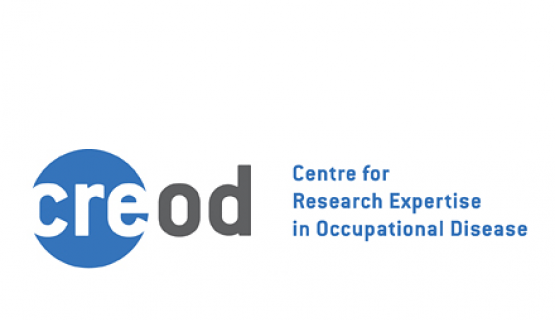
Centre for Research Expertise in Occupational Disease (CREOD)
CREOD conducts research focused on the prevention and early recognition of non-malignant occupational disease. Programs are organized around disease and exposure themes including skin disease, respiratory disease, vibration related disorders and biological hazards.
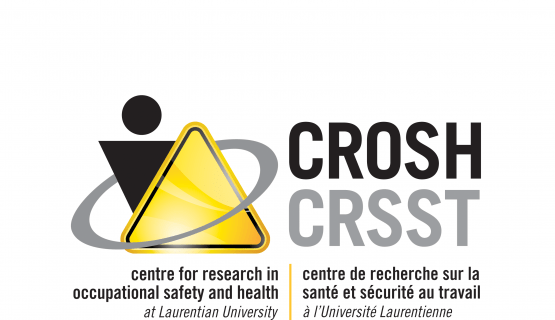
Centre for Research in Occupational Safety and Health (CROSH)
CROSH, based at Laurentian University, uses a field-to-lab-to-field research approach to engage with workplace partners to solve occupational health and safety problems facing northern industries. Research programs are organized around the broad areas of human factors and ergonomics, occupational health and wellness, and occupational physiology and the environment.

Occupational Cancer Research Centre (OCRC)
OCRC is dedicated to studying workplace cancer. Its goals are to identify cancer-causing agents in Ontario workplaces, increase awareness of the risk of workplace cancer, and identify the best means to control exposure to carcinogens and improve workers’ health.
Our research funders

Ontario Ministry of Labour, Immigration, Training and Skills Development (MLTSD)
The MLITSD strategically invests in OHS to improve health and safety for Ontario workplaces, enhance delivery of effective occupational health and safety services and products, and strengthen the occupational health and safety system in Ontario. Besides providing core funding to IWH, CRE-MSD, CREOD and OCRC, it operates two types of granting programs: the Research Opportunities Program (MOL ROP), and the Occupational Health, Safety and Prevention Innovation Program (OHSPIP)

Workplace Safety and Insurance Board (WSIB)
WSIB funds the OHS research program operated by the Ontario Ministry of Labour. Prior to 2013, it also ran the program, overseen by a Research Advisory Council (RAC). WSIB continues to administer ongoing RAC-funded research projects that were approved prior to 2013.
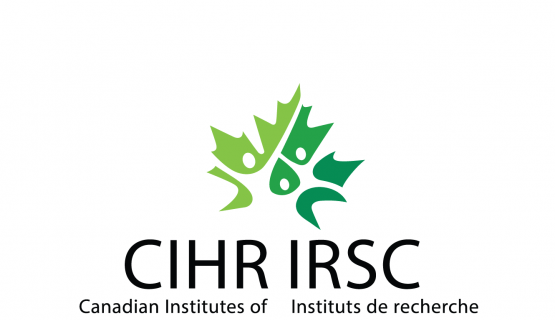
Canadian Institutes of Health Research (CIHR)
As the Government of Canada's health research investment agency, CIHR funds four pillars of health research: biomedical, clinical, health systems services and population health. Its funding is divided into two types of research: investigator-driven (funded primarily through its Foundation Grant and Project Grant programs)and priority-driven. CIHR is made up of 13 Institutes that set research priorities and support a broad spectrum of research in their respective areas.

Social Sciences and Humanities Research Council (SSHRC)
SSHRC is the Government of Canada research funding agency that promotes and supports post-secondary-based research and research training in the humanities and social sciences. It does this through three programs: one that focuses on developing Talent, another on generating Insights and another on forging Connections across campuses and communities.
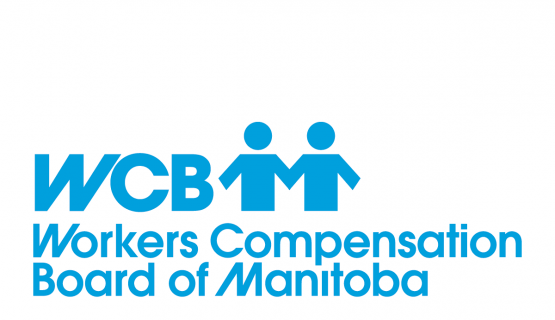
Workers Compensation Board (WCB) Manitoba
WCB Manitoba runs the Research and Workplace Innovation Program (RWIP) to promote and fund scientific research, workplace innovation, training and education projects and knowledge transfer related to prevention of occupational injuries, diseases and return to work of injured or ill workers.
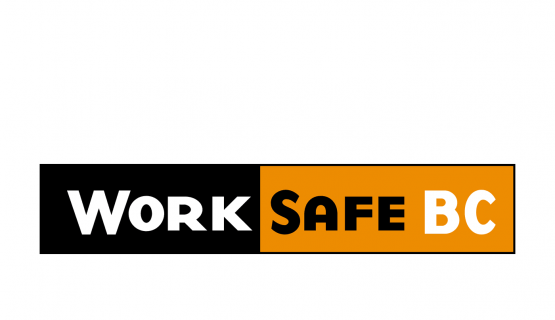
WorkSafeBC
WorkSafeBC, British Columbia’s workers’ compensation system, offers funding in four streams to encourage and support the development and use of the best scientific evidence on a broad range of workplace health and safety and workers’ compensation topics.The streams include Innovation at Work, Systematic Reviews, Research Training Awards and Specific Priorities Research Grants.
Collaborating research organizations

Centre of Research Expertise for the Prevention of Musculoskeletal Disorders (CRE-MSD)
CRE-MSD conducts research to improve the understanding and prevention of work-related musculoskeletal disorders (MSDs). MSDs are painful or disabling injuries to the muscles, tendons or nerves in the lower back, shoulders, neck, elbows, wrists or hands.

Centre for Research Expertise in Occupational Disease (CREOD)
CREOD conducts research focused on the prevention and early recognition of non-malignant occupational disease. Programs are organized around disease and exposure themes including skin disease, respiratory disease, vibration related disorders and biological hazards.

Occupational Cancer Research Centre (OCRC)
OCRC is dedicated to studying workplace cancer. Its goals are to identify cancer-causing agents in Ontario workplaces, increase awareness of the risk of workplace cancer, and identify the best means to control exposure to carcinogens and improve workers’ health.

Canadian Association for Research on Work and Health (CARWH)
CARWH is a non-profit association of Canadian researchers with a mission to enhance and promote research on work health, safety and well-being in Canada and to advocate for research on how work and work environments can be altered to improve health, safety and wellness among Canadians. Membership is open to anyone who identifies as a work and health researcher in Canada.
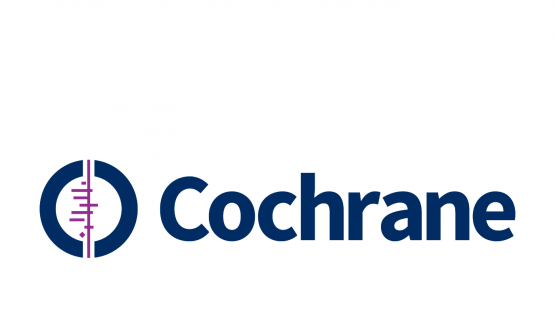
Cochrane Canada
Cochrane Canada is the Canadian arm of Cochrane – an independent global network of over 37,000 health-care practitioners, researchers, patient advocates and others. Cochrane works to turn the evidence generated through research into useful information for making everyday decisions about health. Canada is one of 130 countries involved in this non-profit organization that promotes evidence-based decision-making by producing high-quality systematic reviews that are free from commercial sponsorship. Cochrane Canada, established in 1993, is one of 14 Cochrane centres worldwide.
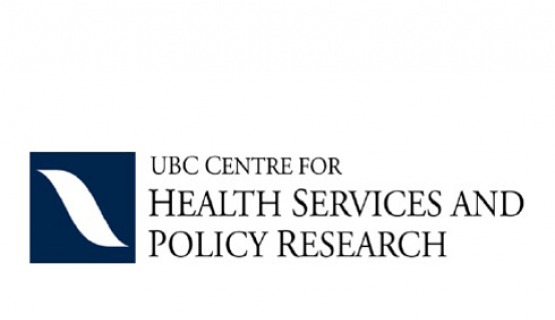
UBC Centre for Health Services and Policy Research (CHSPR)
CHSPR is an independent research centre based in the School of Population and Public Health of the University of British Columbia. Its mission is to stimulate scientific enquiry into health system performance, equity and sustainability. By focusing on policy-relevant research, graduate training and knowledge transfer, CHSPR’s work engages and informs health policy and issues that matter to Canadians.

Institute for Clinical Evaluative Sciences (ICES)
ICES is a not-for-profit research institute that conducts studies to evaluating health-care delivery and outcomes. ICES researchers access a vast and secure array of Ontario’s health-related data, including population-based health surveys, anonymous patient records, as well as clinical and administrative databases. Its mission is research excellence resulting in trusted evidence that makes policy better, health care stronger and people healthier.
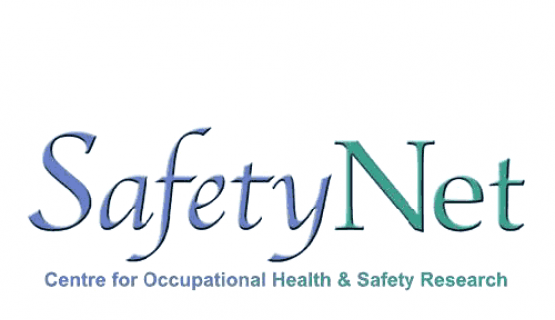
Safety Net Centre for Occupational Health and Safety Research
Based at Memorial University, SafetyNet is a community alliance for multidisciplinary research, knowledge exchange and education in occupational health and safety. It is dedicated to improving the safety of workplaces and the health of workers in Newfoundland and Atlantic Canada through broadly-based partnerships between academic researchers and stakeholders in communities, government, industry, and labour.
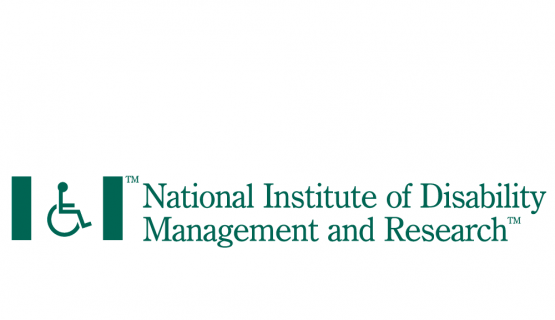
National Institute of Disability Management and Research (NIDMAR)
NIDMAR, founded in 1994, is an internationally recognized organization committed to reducing the human, social and economic costs of disability. As an education, training and research organization, NIDMAR's primary focus is the implementation of workplace-based reintegration programs that international research has proven to be the most effective way of restoring and maintaining workers' abilities, while reducing the costs of disability for workers, employers, government and insurance carriers.
Academic affiliations

McMaster University
Founded in 1887, McMaster University in Hamilton, Ont. has an enrolment of over 31,000 full- and part-time graduate and undergraduate students, and has more than 184,000 alumni. The university has about 950 full-time faculty members, each averaging $405,000 in research funding, and is home to more than 70 research centres and institutes.
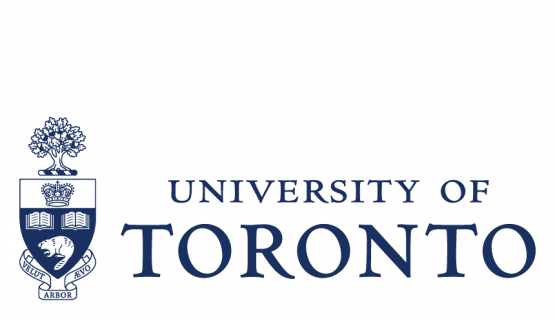
University of Toronto
Founded in 1827, the University of Toronto in Toronto, Ont. has an enrolment of over 88,000 full- and part-time students in its undergraduate and graduate programs, and over 550,000 alumni. The university has 14,240 active faculty members, 700 undergraduate programs and 200 master’s and PhD programs. It received over $1.2 billion in research funding in 2015-16.

University of Waterloo
Opened in 1957, the University of Waterloo in Waterloo, Ont., has more than 36,000 full- and part-time students in undergraduate and graduate programs, and over 195,000 alumni. The university has six faculties, 11 faculty-based schools and over 40 research centres and institutes. Waterloo received more than $205 million in research funding from public and private sources in 2016-2017
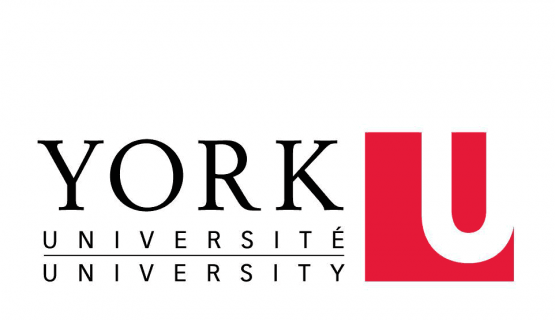
York University
Founded in 1959, York University in Toronto, Ont. has over 52,000 full- and part-time students in undergraduate and graduate programs, and over 300,000 alumni. With over 7,000 faculty and staff, the university has 11 faculties and over 200 undergraduate and graduate degree programs. In 2014-15, York researchers received over $14 million from the Social Sciences Humanities Research Council (SSHRC), over $11 million from NSERC (National Sciences and Engineering Research Council) and over $3 million from the Canadian Institutes of Health Research (CIHR).
Professional associations and other collaborators

Board of Canadian Registered Safety Professionals (BCRSP)
BCRSP (formerly the Association for Canadian Registered Safety Professionals) is a public-interest, not-for-profit association with a membership dedicated to the principles of health and safety as a profession in Canada. A CRSP® is a person who has met the requirements for registration established by BCRSP. A CRSP® applies broad-based safety knowledge to develop systems that will achieve optimum control over hazards and exposures detrimental to people, equipment, material and the environment. A CRSP® is dedicated to the principles of loss control, accident prevention and environmental protection as demonstrated by their daily activities.

Canadian Society of Safety Engineering (CSSE)
The CSSE is Canada's largest national and most-established professional organization for health and safety practitioners. It has over 4,000 members across Canada, the United States and around the world working together to enhance the health, safety and environmental profession.
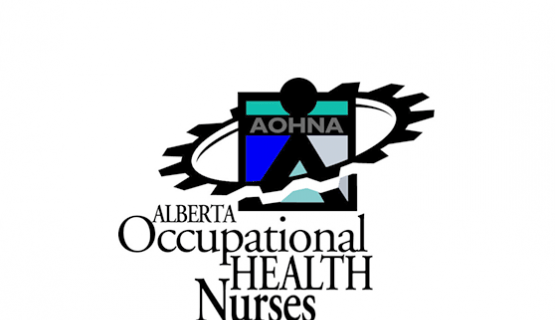
Alberta Occupational Health Nurses Association (AOHNA)
AOHNA is a non-profit organization representing occupational health nurses working in Alberta. It is a specialty practice group of the College and Association of Registered Nurses of Alberta (CARNA). Its mandate is to promote healthy working environments, protect the health of workers, and prevent occupational injuries and illnesses.
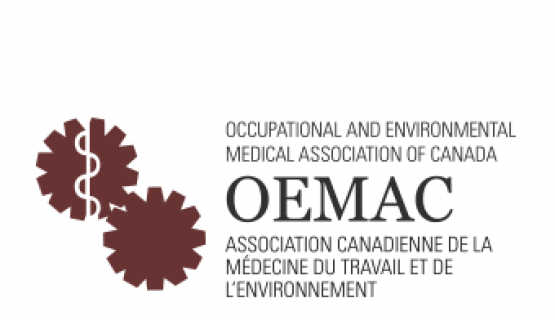
Occupational and Environmental Medical Association of Canada (OEMAC)
OEMAC is an active association of physicians with an interest in occupational and environmental medicine, a medical specialty that focuses on the prevention and management of occupational and environmental injury, illness and disability, and the promotion of health and productivity of workers, their families, and communities. OEMAC serves as a unified voice for Canadian occupational and environmental medicine.
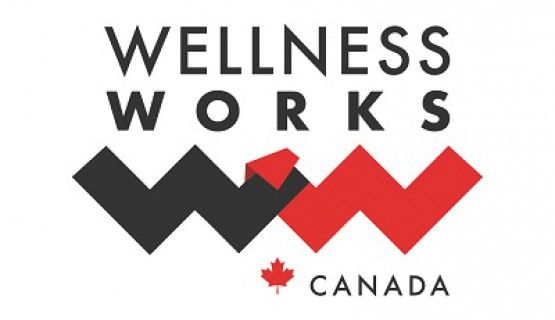
Wellness Works Canada
Wellness Works Canada is an independent, not-for-profit workplace health and performance association. It supports workplace health and wellness practitioners and employers in building healthy, high-performing work cultures. It supports its members and the public with evidence-informed tools, resources and accreditation to support employee well-being and organizational performance to achieve its vision of a healthy population and high-performing economy.
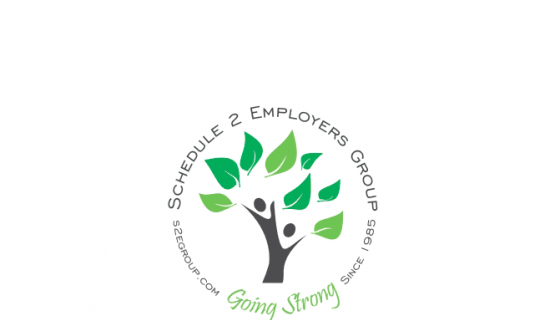
Schedule 2 Employers’ Group
The Schedule 2 Employers’ Group is not-for-profit association comprised of Schedule 2 employer representatives from public- and private-sector organizations from across Ontario. Members are workplace health, safety and disability management professionals who are interested in collaborating on issues related to workers’ compensation and occupational health and safety. Schedule 2 employers include firms funded by public funds, firms legislated by the province but self-funded, and other firms who are privately owned but involved in federal- regulated industries such as telephone, airline, shipping and railway.
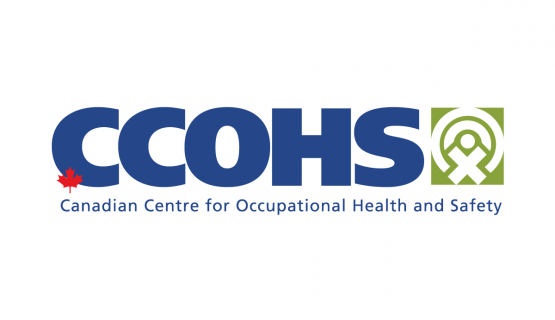
Canadian Centre for Occupational Health and Safety (CCOHS)
A federal department corporation, CCOHS is Canada's national resource for the advancement of workplace health and safety. It promotes the total well-being – physical, psychosocial and mental – of working Canadians by providing information, training, education, management systems and solutions that support health, safety and wellness programs.
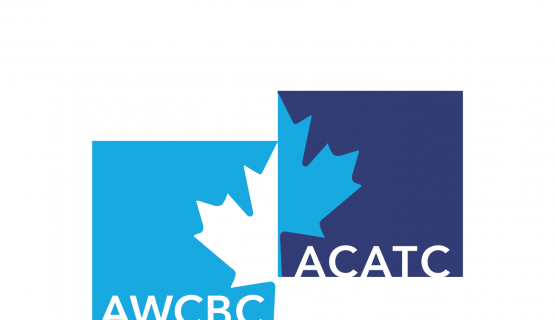
Association of Workers’ Compensation Boards of Canada (AWCBC)
AWCBC is a non-profit organization that facilitates the exchange of information among Canada’s workers’ compensation boards and commissions. Its aim is to drive a strong Canadian leadership role in providing the safest and healthiest workplaces in the world and a fair, affordable workers’ compensation insurance system—through data analysis, shared knowledge, education and networking.

Canadian Association of Administrators of Labour Legislation (CAALL)
CAALL is an association of federal-provincial-territorial departments of labour and heads of occupational safety and health agencies. It provides a continuous forum for federal, provincial and territorial senior officials. CAALL provides governments with an opportunity to develop strong and cooperative working relationships. Through CAALL, deputy ministers of labour and other senior officials have a means of working together in seeking solutions to similar problems, including problems related to workplace health and safety.